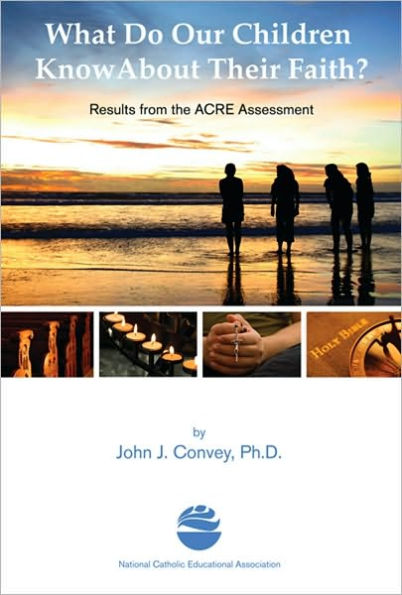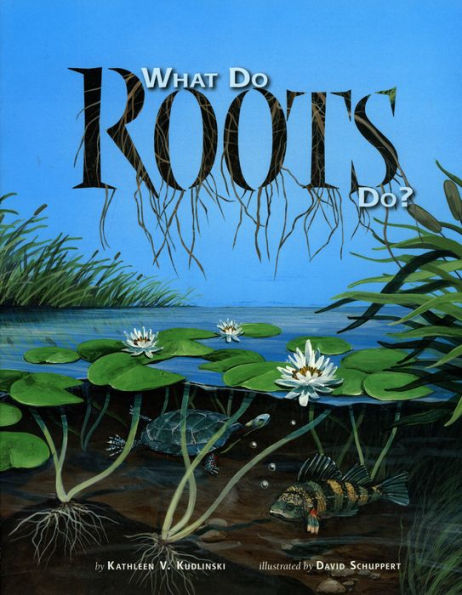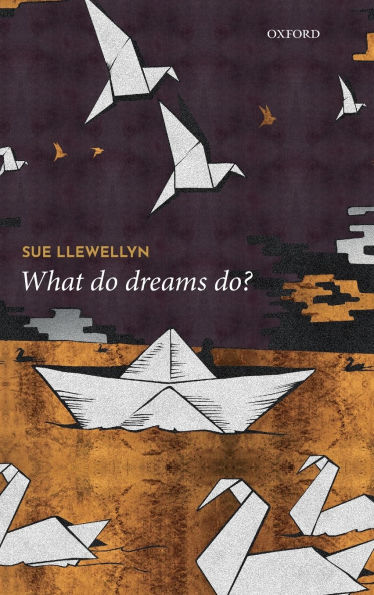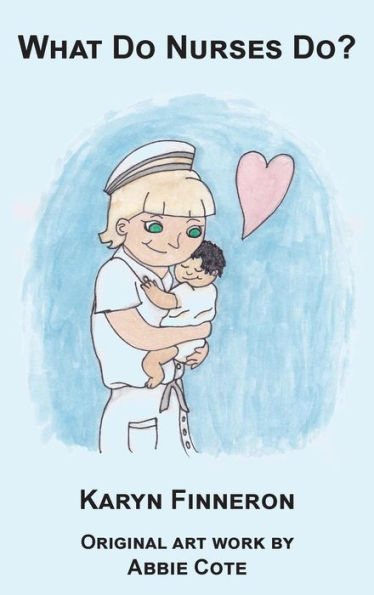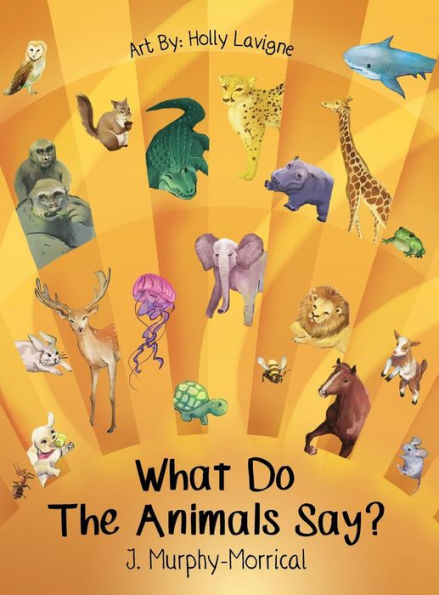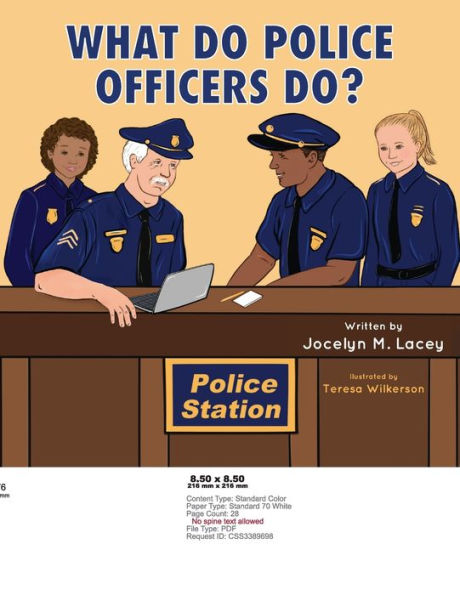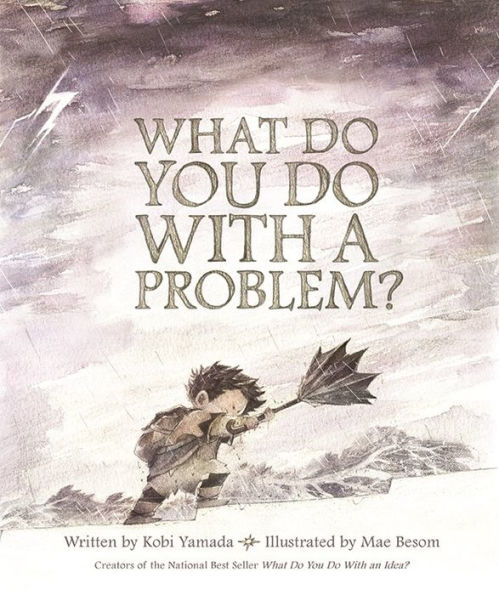Home
What Do Jamaican Children Speak?: A Language Resource
Barnes and Noble
Loading Inventory...
What Do Jamaican Children Speak?: A Language Resource
Current price: $40.00
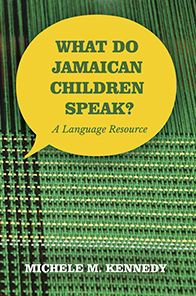
Barnes and Noble
What Do Jamaican Children Speak?: A Language Resource
Current price: $40.00
Loading Inventory...
Size: Paperback
*Product information may vary - to confirm product availability, pricing, shipping and return information please contact Barnes and Noble
What Do Jamaican Children Speak? A Language Resource
presents a profile of aspects of the lexicon and of the morphosyntax of the speech of Jamaican three-year-olds across the island in their first year of entry into the public school system, the basic school. It is intended to serve as a resource for creolists and acquisitionists, for academics in education, for teachers of literacy and language education, as well as for intermediary and advanced tertiary-level linguistics and education students.
The language to which the children are exposed – their model in acquisition – is characterized by extreme variation and viewed as the “weaving” of features belonging to the two language systems, Jamaican Creole and Jamaican English. This variation is not random or chaotic, however. The patterns of language choice by the children are investigated, showing clearly how it is that features associated with each of the languages are woven in their speech. These findings are used as a basis for recommending an approach grounded in language awareness as the choice pedagogy for the language and literacy classroom in a language environment such as that in Jamaica.
Linguistic analysis, then, is used as a platform, a basis on which to understand the nature of the language that has been acquired by the children and used by them, leading to an informed picture of a possible way forward in English language education, allowing the teacher to transform what are frequently considered hindrances to learning English, into opportunities for learning the language.
presents a profile of aspects of the lexicon and of the morphosyntax of the speech of Jamaican three-year-olds across the island in their first year of entry into the public school system, the basic school. It is intended to serve as a resource for creolists and acquisitionists, for academics in education, for teachers of literacy and language education, as well as for intermediary and advanced tertiary-level linguistics and education students.
The language to which the children are exposed – their model in acquisition – is characterized by extreme variation and viewed as the “weaving” of features belonging to the two language systems, Jamaican Creole and Jamaican English. This variation is not random or chaotic, however. The patterns of language choice by the children are investigated, showing clearly how it is that features associated with each of the languages are woven in their speech. These findings are used as a basis for recommending an approach grounded in language awareness as the choice pedagogy for the language and literacy classroom in a language environment such as that in Jamaica.
Linguistic analysis, then, is used as a platform, a basis on which to understand the nature of the language that has been acquired by the children and used by them, leading to an informed picture of a possible way forward in English language education, allowing the teacher to transform what are frequently considered hindrances to learning English, into opportunities for learning the language.
What Do Jamaican Children Speak? A Language Resource
presents a profile of aspects of the lexicon and of the morphosyntax of the speech of Jamaican three-year-olds across the island in their first year of entry into the public school system, the basic school. It is intended to serve as a resource for creolists and acquisitionists, for academics in education, for teachers of literacy and language education, as well as for intermediary and advanced tertiary-level linguistics and education students.
The language to which the children are exposed – their model in acquisition – is characterized by extreme variation and viewed as the “weaving” of features belonging to the two language systems, Jamaican Creole and Jamaican English. This variation is not random or chaotic, however. The patterns of language choice by the children are investigated, showing clearly how it is that features associated with each of the languages are woven in their speech. These findings are used as a basis for recommending an approach grounded in language awareness as the choice pedagogy for the language and literacy classroom in a language environment such as that in Jamaica.
Linguistic analysis, then, is used as a platform, a basis on which to understand the nature of the language that has been acquired by the children and used by them, leading to an informed picture of a possible way forward in English language education, allowing the teacher to transform what are frequently considered hindrances to learning English, into opportunities for learning the language.
presents a profile of aspects of the lexicon and of the morphosyntax of the speech of Jamaican three-year-olds across the island in their first year of entry into the public school system, the basic school. It is intended to serve as a resource for creolists and acquisitionists, for academics in education, for teachers of literacy and language education, as well as for intermediary and advanced tertiary-level linguistics and education students.
The language to which the children are exposed – their model in acquisition – is characterized by extreme variation and viewed as the “weaving” of features belonging to the two language systems, Jamaican Creole and Jamaican English. This variation is not random or chaotic, however. The patterns of language choice by the children are investigated, showing clearly how it is that features associated with each of the languages are woven in their speech. These findings are used as a basis for recommending an approach grounded in language awareness as the choice pedagogy for the language and literacy classroom in a language environment such as that in Jamaica.
Linguistic analysis, then, is used as a platform, a basis on which to understand the nature of the language that has been acquired by the children and used by them, leading to an informed picture of a possible way forward in English language education, allowing the teacher to transform what are frequently considered hindrances to learning English, into opportunities for learning the language.

